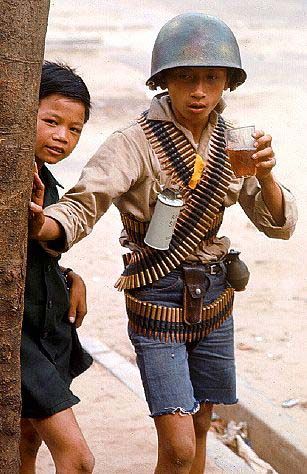

1. Evan- Intro, recap of main points of week before (2-3 minutes), responsibilities and roles of the photographer (2-3 minutes), examination of a few photographs (3-5minutes).
2. Meredith- Holocaust examination and the documentations behind it (5-10 minutes).
3. Chelsea- Documentation of genocide (I forget where Darfur? Rwanda? somewhere in Africa I believe 5-10 minutes)
4. Carolina- Will speak about the TRUTH of documentary photography and the authenticity of the event (5-10 minutes)
5. Brian-????
6. Joanna- Will speak about social documentary photography as a social investigation of personal expression, by applying concepts to Scott Schuman's Sartorialist Blog and Book. Will discuss:
- Bill Cunningham of NYT as predecessor
- technology enabling rapid exposure of photographer's work via blog
- reportage, as he visually accounts style movements in fashion capitals of the world.
- journalistic move to storytelling; he captures a person's story with one image.
- will show sartorialist blog through out talk (5-10 minutes). Quote..."On the surface it's about fashion, but when you really look at someone, it's also a window into that person's life," said Schuman (to be tied into act 2)
7. Mags-????
Brian, Joanna, and Mags- If each of you could post on the blog what you want to present to the class, that would be awesome so we are all on the same page.
After the class presentations, we will have the class take a 10 minute break at which time we will set up our stations for Act 2. Here, we will break the class up into three groups and they will visit each of our group stations to learn more about everyone's individual artist, era of examination, documented event, etc, that they studied. Each group should be able to speak for at least 10-15 minutes to each of their audiences. Remember we have three hours to do this so time is really not an issue. Again, here is what I have for every one's station topics (please correct and post if I am wrong):
Group 1
Carolina- Nan Golden
Joanna- Will take one photograph by Scott Schuman and ask each group to make up a story about the person in the photograph. Will tell them the truth about said person after they are done. (Can take a while if need be, every person could make up a story about a different subject and present there ideas to the group). Will show the veneer of objectivity and Schuman's style of photography's ability to aesthetisize all his subjects.
Mags-Mary Ellen Mark
Group 2
Meredith- Holocaust
Chelsea- Genocide
(Same topics as their presentations)
Group 3
Brian- Will bring in different cameras and examples of the different types of pictures each camera can take (hopefully these can be relevant documentary pictures if he can find some and the artists the took them)
Evan- Social and Civil Rights awareness, WeeGee, early work place employee/employer documentation.































